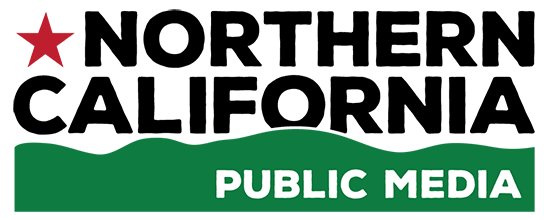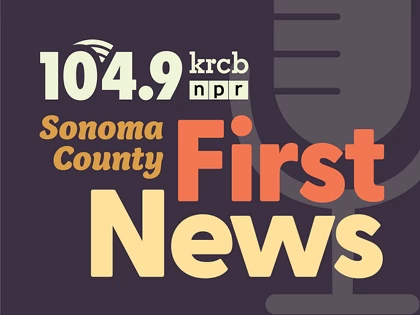 Courtesy County of Sonoma
Courtesy County of SonomaScreenshot from county's climate webpage
Three years ago, county elected officials formed a special committee to find out how Sonoma County could reach carbon neutrality by 2030. That means the county cutting the amount of carbon dioxide and methane it emits to the bone. Now the hard work begins.
On the heels of its 2016 climate action plan and last year's climate resilient land strategy, Sonoma County officials are finalizing a Climate Action and Resiliency Plan set for release next May.
Since launching the effort, officials have been gathering information, trying to get a handle on the scale and scope of issues and potential places for improvement.
According to information shared at a recent online town hall meeting, some 60 percent of carbon emissions in Sonoma County come from transportation---meaning vehicle exhaust.
County government itself, is a contributor, said Simone Albuquerque, a county analyst and town hall panelist.
"We found that in 2021, 31,702 metric tons of carbon dioxide were emitted from county facilities. This is equivalent to about 7,000 gasoline powered cars driving on the road each year, Albuquerque said.
However, other research, specifically into adopting farming and forestry practices to store carbon in the soil and plants, shows more than enough potential to offset that, according to a colleague, county analyst Barbara Lee.
"It turns out that actually dwarfs the emissions from the county. It's such a powerful opportunity for us to achieve multiple benefits, reducing our carbon impact and improving the health and resilience of our natural and working lands," Lee said.
An audit of how local residents deal with trash, also shows promise as a way to cut releases of methane. Albuquerque said there's tons of potential.
"Almost half of the landfill waste stream could have been composted or recycled."
Like the state legislature, which approved ambitious environmental goals, then tasked the state air resources board with divining ways to reach them, county officials are following a similar path.
But there's federal grant money available...particularly for finding ways to put carbon back in Sonoma County's soil.

 Live Radio
Live Radio




